Victory gardens are gaining popularity again, this time in response to the war against COVID-19. Industrialist millionaire Charles Lathrop Pack is credited with creating the American war garden movement in 1917, when the US entered the first World War.
Pack organized the US National War Garden Commission and launched the war garden campaign in the U.S. Similar efforts were already underway in the United Kingdom, Canada, Australia, and Germany.
The idea behind the war garden was to help boost food production in a world blighted by World War I. Pack’s campaign resulted in the planting of more than five million gardens on private and public land.
Victory Gardens returned during WW II. It is estimated that fully a third of all US produce during the second world war was grown as part of the war garden effort. Now, the coronavirus pandemic has inspired a new wave of Victory Gardens, as a new generation of crisis gardeners look to backyards and patios for relief from stress.
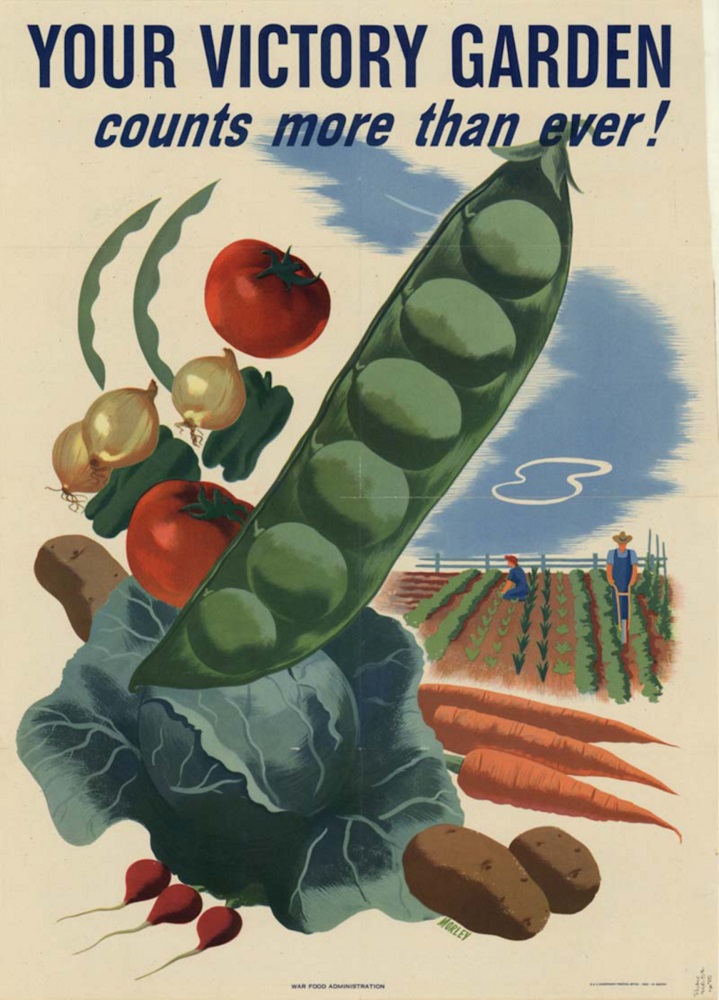
A vegetable garden is an ideal coronavirus stay-at-home project for all ages. Small children find it easier to plant large seeds like beans and squash and may need help with small seeds like carrots and lettuce, but all four are easy crops. Squash and corn needs space, but kid-friendly crops like carrots, radishes and bush beans can all be grown in containers.
Older gardeners may prefer a raised garden bed or vegetables grown in pots that don’t require bending over to weed and water. Pots are also a good choice for anyone who shares their garden with gophers and ground squirrels.
Pots are ideal for herbs like basil, chives and mint. Edible flowers like calendula, borage and nasturtiums add color to the garden and to homegrown salads. Tomatoes can thrive in pots, too, if the pot is big enough—five gallons at least. It’s important to make sure the plants get enough water. Pots dry out faster than garden soil.
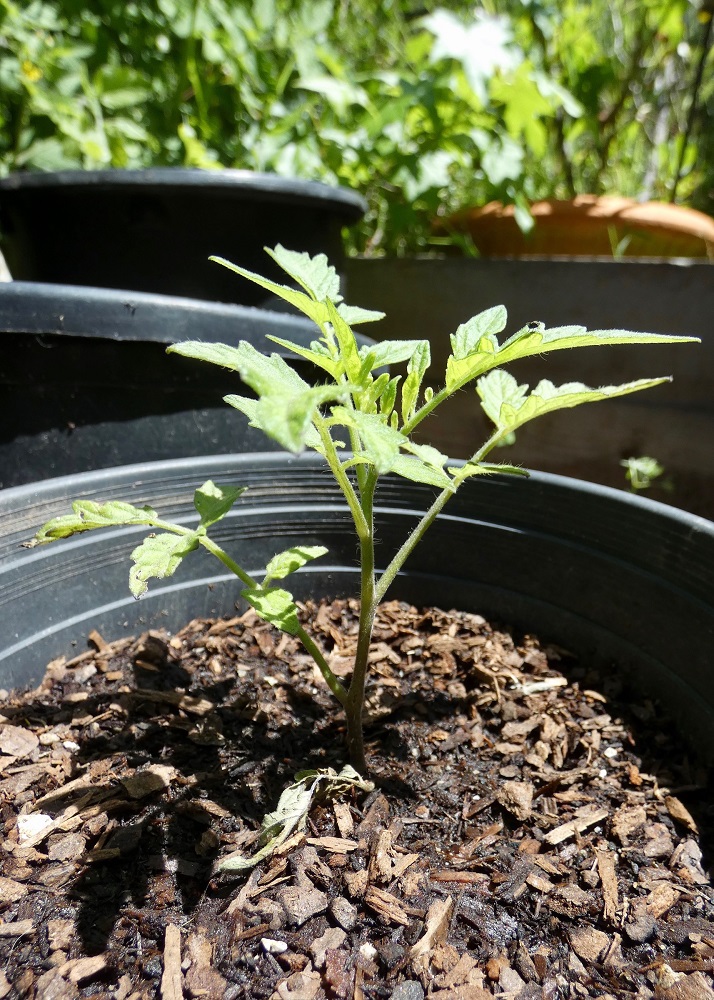
The new craze for victory gardens has turned finding something to plant in the garden into an unexpected challenge this spring. Many seed companies encountered unexpectedly high demand when peak ordering season coincided with the start of coronavirus stay-at-home orders. That has resulted in a shortage of some the most popular varieties of vegetables.
For experienced gardeners, this may be the perfect year to try ordering something unusual. No Zucchini seeds available? Try Cousa squash, a small round Middle Eastern summer squash; or pattypan varieties, the kind that look like tiny UFOs.
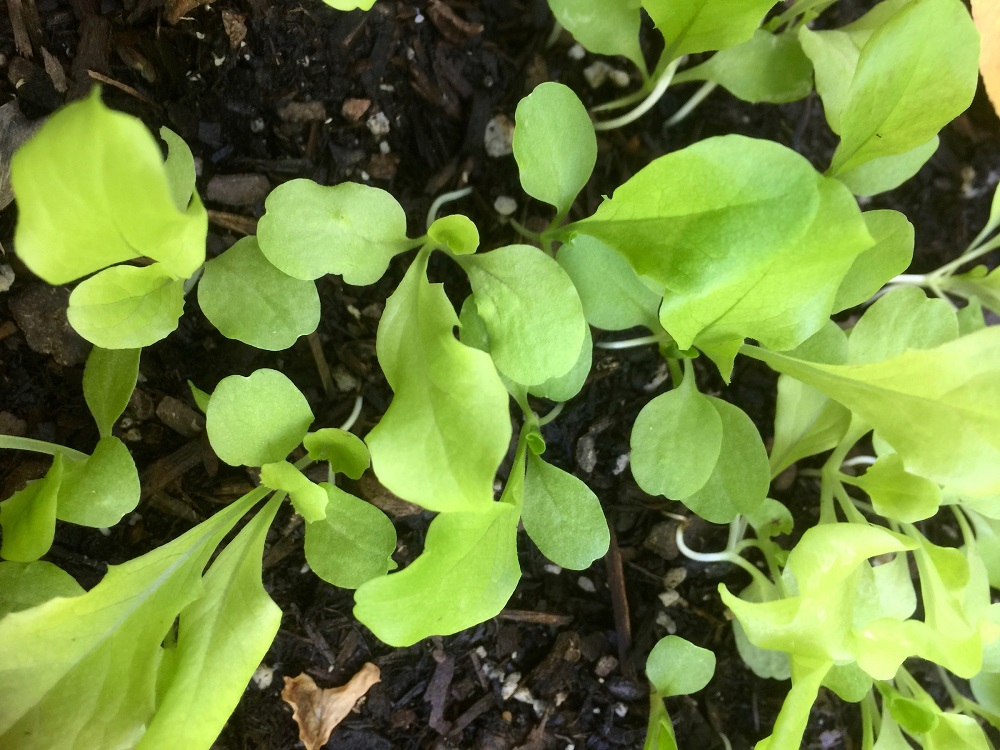
If you can’t find lettuce seeds, seeds for microgreens like beet and basil, or sprouts like mung beans and peas could be a good substitute.There are also a number of less common greens like amaranth and New Zealand spinach that might be easier to find than typical garden standards.
Tomato starts and even seeds were hard to find at the start of the growing season, but seeds from commercial tomatoes purchased at the grocery store are a potential source of garden seeds, just be aware that the tomatoes they produce may be nothing like the parent fruit. Tomatoes will also grow readily from cuttings—an easy way to share with friends and neighbors.
Many herbs can be propagated from cuttings, including that essential tomato companion, basil. Sprigs from a bunch of grocery store basil, oregano, rosemary, mint or thyme can be easily rooted in a pot—just make sure not to let the soil dry out. Most of these plants can also be rooted in a jar of water on a sunny windowsill, and then planted out once roots begin to grow.
The produce drawer of the fridge can yield some other garden favorites. Melon seeds and the seeds of winter squash like butternut can be planted. Root vegetables are also great candidates, even the past-their-prime specimens from the drawer of the refrigerator.
Garlic, onions, shallots, ginger, and potatoes often begin sprouting on their own, and just need to be planted out to grow into a new crop. Growing sweet potatoes is especially rewarding; the vine the root produces is highly decorative and the tender new leaves, known as camote tops, are edible and make a great spinach substitute.
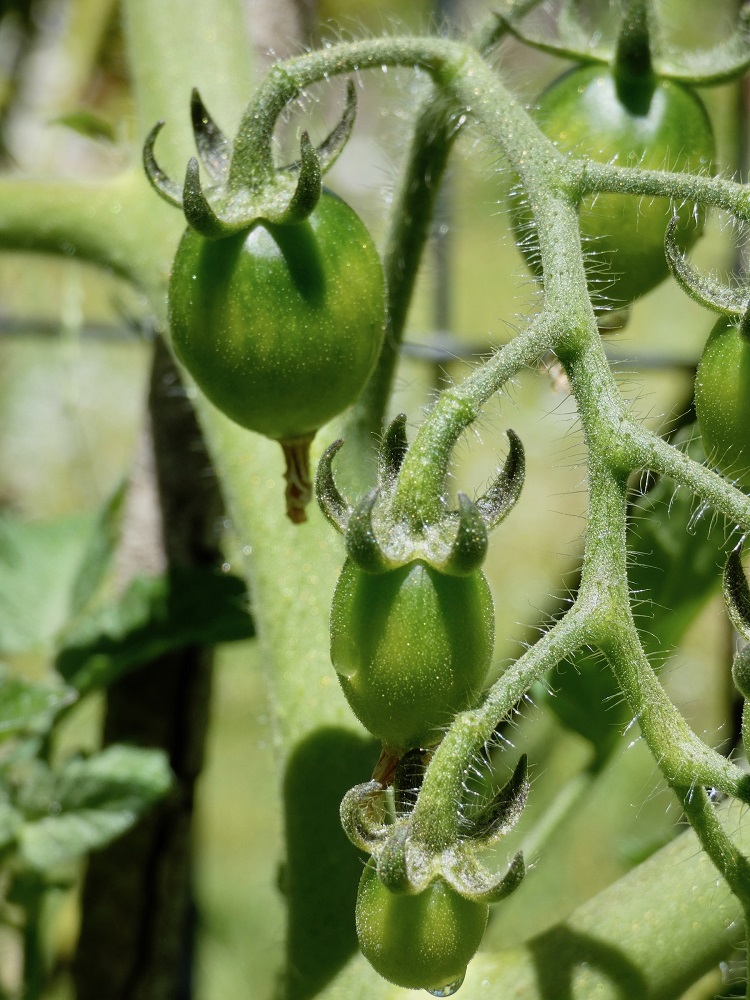
Whether it is a pot of basil on the kitchen windowsill, or an ambitious victory garden with everything from amaranth to zucchini, gardening has been shown in numerous studies to calm anxiety and inspire feelings of well being, but anyone who has ever successfully grown a tomato or watched a single seed blossom into an eight-foot-tall sunflower already knew that.
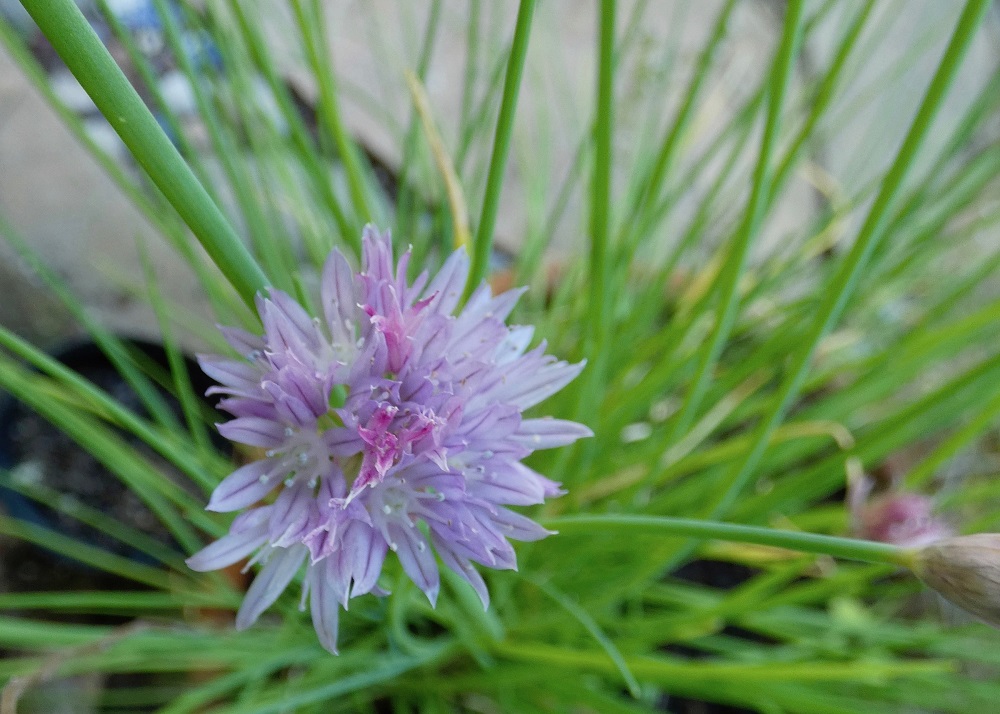
Some of the smaller seed houses have already sold out of stock for the season, but some of the bigger seed companies still have stock. Try www.botanicalInterests.com or that age old standby that was in business already during the original Victory Garden campaign during WW I, Burpee: https://www.burpee.com
Need help getting started? Check out the online resources offered by University of California’s Master Gardening Program http://cagardenweb.ucanr.edu. For compost information, visit https://www.lacompost.org, the organization that operates the Topanga Gold compost facility at the Topanga Community Center.











